
The killing of George Floyd, a Black man, at the hands of a white US police officer, has sparked demonstrations across the US and the rest of the world.
People are demanding that the police officer who knelt on Floyd’s neck for almost nine minutes be brought to justice. But they are also calling for an end to all police brutality and anti-Black racism.
As more protests are slated to happen in the UK, it serves as a sobering reminder that this country has its own problems with systemic racism.
The Lammy Review (2017), a probe into the outcomes for Black, Asian and minority ethnic (BAME) people in the justice system, laid bare some truths that Black people have known for decades: the system is rigged.
Black people are more likely to be arrested and sent to prison than their white counterparts in Britain – and twice as likely to die in police custody.
In this piece, HuffPost UK looks at some historic, prominent cases of racism and racial tension that have occurred on our doorstep, and the effect they have had on race relations over the years.
1. Slavery
Contrary to what many people think, Britain’s Black community didn’t start in 1948 with the arrival of 802 Caribbean passengers on the Empire Windrush.
In fact, history shows there has been a Black presence in the UK from as early as the 15th century.
The UK played a pivotal role in the barbaric acts of slavery and the slave trade. Africans were stolen from their homeland and systematically dehumanised – ripped from their families, raped, beaten into submission and reduced to “property”.
Because many abolitionists were English, Britain likes to pride itself on the notion that an African was a free person in the UK, unlike in the US. History tells a different story.
Britain’s plantation records reveal the extent of the inhumane treatment Africans were subjected to by plantation owners and more importantly how the slave trade made them and the UK very wealthy.
British slavery was thriving some 3,000 miles away in the British Caribbean colonies and fast became a very lucrative business.
When slavery was abolished in 1833, it wasn’t the slaves who were compensated – it was the 46,000 slave-owning British citizens who got payouts to cover their financial losses.
2. 1919 race riots
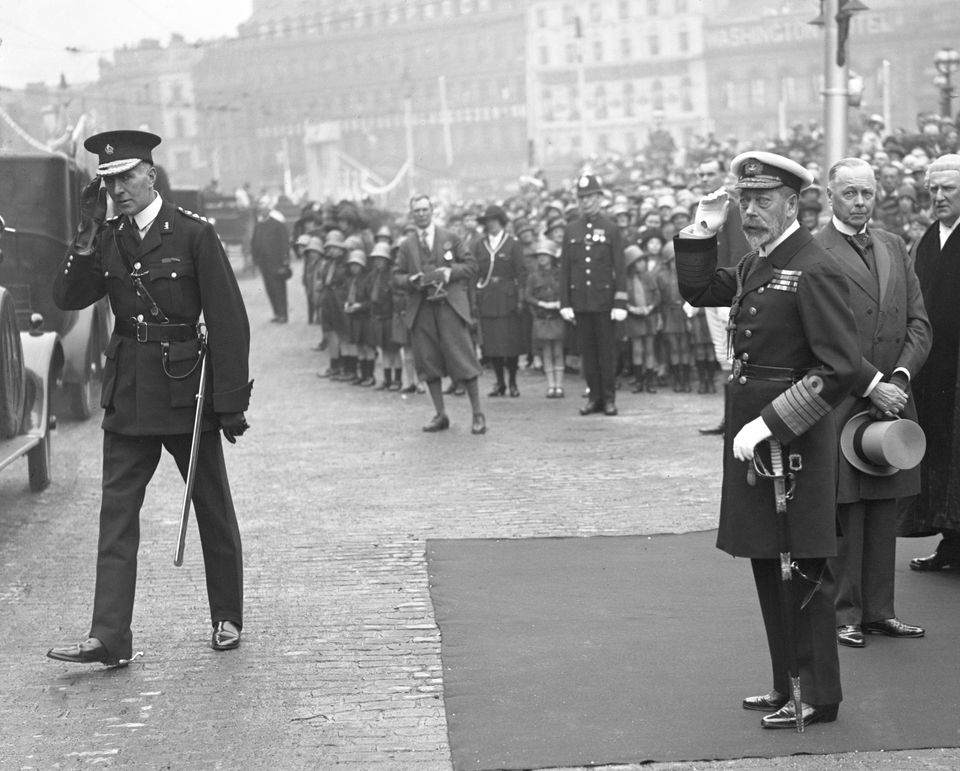
Following the First World War – in which Caribbean soldiers had done some of the most dangerous and back-breaking work for lower pay than their white counterparts – racial tensions in some of the UK’s major cities were at a high.
Many Caribbean war veterans wanted to reside in the “motherland”, as the UK was sometimes called, and those who did were often blamed for the lack of jobs and housing. There was also a strong resentment at the growing relationships between Black men and white women.
On the night of June 5, 1919, a fight broke out in Liverpool between Black and Scandinavian sailors, leading police to raid the streets where the city’s Black community lived.
Charles Wotten, also known as Wootton, a 24-year-old Bermudan who served in the Royal Navy during the war, fled his home but was chased into the River Mersey, where he was pelted with stones until he drowned. Police, who initially came to arrest him, did nothing to stop the attack.
The rioting crowd swelled to almost 10,000 people. Minority-owned businesses and homes were destroyed by white rioters. Unsurprisingly the government did not reimburse victims for any damages they incurred, and fast-tracked a repatriation package set up for Caribbean servicemen.
3. The “colour bar” and the League of Coloured People
In 1930s Britain, racial prejudices were widespread. One of the people trying to make a change was Harold Moody.
Born in Jamaica, Moody had studied medicine at King’s College London but was repeatedly denied work because he was Black.
On March 13, 1931, he called a meeting with other prominent UK civil rights activists in a YMCA in London’s Tottenham Court Road, where the League of Coloured Peoples (LCP) was formed to combat the racial disparities that he and many others were facing on a daily basis.
Its initial focus would be on getting rid of the unofficial colour bar that was in place in the UK workplace, society and housing.
The LCP made active gains in trying to eradicate the colour bar for many Black people, especially in helping find families who would accept Black children during the evacuation period of the Second World War.
4. Notting Hill race riots
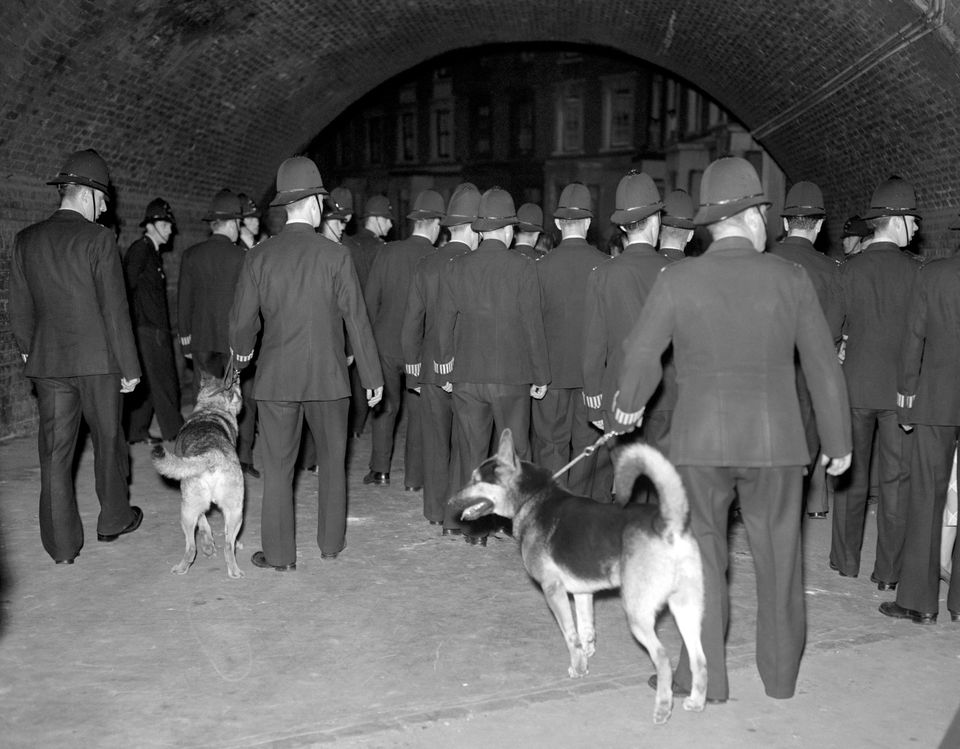
Within a few years of the Empire Windrush docking in Tilbury, hostility towards Caribbean migration was beginning to deepen.
There was an increase in violent attacks on the growing community and things came to a head with the Notting Hill riots.
On August 29, 1958, Majbritt Morrison, a Swedish woman who was married to a Jamaican man, was verbally assaulted by a group of white youths who witnessed her arguing with her husband at Latimer Road station.
The next day Morrison was recognised by some of the group who racially abused and assaulted her. That evening, a mob of 300-plus youths went on a rampage attacking the homes of West Indian residents, rioting and attacking people. It continued every night for nearly two weeks.
Police arrested more than 140 people, the majority being young white boys. Nine youths were sentenced to up to five years in prison.
The carnage and civil unrest shocked the residents of west London and, to ease tensions, activist Claudia Jones organised a precursor to the Notting Hill Carnival as we know it. The Caribbean Carnival took place on January 30, 1959.
5. The Commonwealth Immigrants Act
In 1962 the Conservative government acted on the growing issue of racism by creating the Commonwealth Immigrants Act, which restricted the immigration rights Commonwealth citizens had been granted in the 1948 British Nationality Act.
Labour leader Hugh Gaitskill referred to the act, which had a focus on skilled workers and introduced work permits, as a “cruel and brutal anti-colour legislation”. Activist Claudia Jones described it as “a deliberate attempt to restrict the flow of people of colour to the UK from British colonies.”
Its impact was that those who had been previously encouraged to come to the UK to work in the NHS and be a founding part of the welfare state now found the invitation rescinded.
In 2012 prime minister Theresa May used with the same approach to immigration when she introduced her “hostile environment” for undocumented migrants.
6. Bristol bus boycott
In 1963 the Bristol Omnibus Company was operating an unofficial colour bar. Four young West Indian Men, Roy Hackett, Owen Henry, Audley Evans and Prince Brown, formed an action group called the West Indian Development Council and set up a test case against the bus company to prove that the colour bar was in place.
They set up an interview and told the bus company that the candidate was West Indian. The interview was promptly cancelled.
Inspired by Rosa Parks and the Montgomery Bus Boycott in America 1955, the men called a press conference and announced that none of the city’s West Indian communities would be using the bus service from there on and that many white people would be supporting their actions.
The boycott drew national attention to racial discrimination and lasted four months, after which the company finally backed down and overturned the colour bar.
Following the boycott’s coverage, in 1965 Parliament passed a Race Relations Act which outlawed discrimination “on grounds of colour, race, or ethnic or national origins”
7. Racism in politics
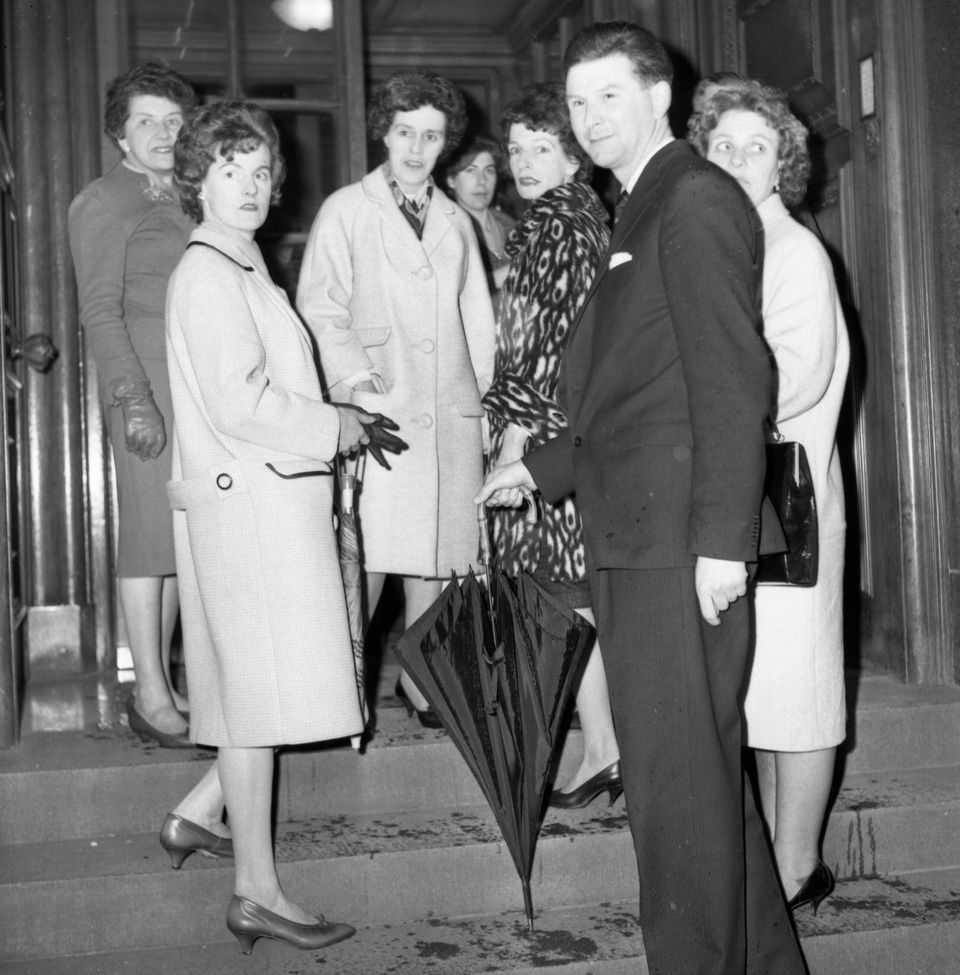
“If you want a nigger for a neighbour, vote Labour.”
It’s hard to imagine a major political party using such an offensive slogan to get votes, but that’s what Conservative MP Peter Griffiths did in the 1964 general election.
The slogan was met with huge controversy but Griffiths refused to disown it. At the time the town, Smethwick, was among the most colour-conscious places in Britain, a reputation that led, a year later, to a visit from American civil rights activist Malcolm X.
Although Labour won the general election, Griffiths won the seat. And he did so by preying on the insecurities of the white working class in Smethwick in what is now seen as one of the most racist election campaigns ever fought in Britain.
Prime minister Harold Wilson called on Tory leader Sir Alec Douglas-Home to disown Griffiths, who he referred to as a “parliamentary leper”. In response 25 Tories walked out of the Commons chamber in protest at Wilson’s “insulting language”.
Later that decade Enoch Powell, MP for nearby Wolverhampton South West, would deliver his racist “Rivers of Blood” speech criticising the rate of immigration and further stoking racial tension.
The white supremacist political party, the National Front, was also gaining momentum in the late 1960s with its anti-immigrant rhetoric.
8. The trial of the Mangrove 9

On August 9, 1970, 150 people marched to a local police station near Notting Hill to protest against repeated raids on the Mangrove restaurant in search of drugs.
Violence between the police and protesters led to a series of arrests and nine people were charged with incitement to riot. During the 55-day trial, one of the defendants described the police persecution of Notting Hill’s Black community and another exposed the inconsistencies in the police testimonies.
The jury acquitted all nine on the charge of rioting and judge Edward Clarke made history when it was acknowledged that there was racial discrimination and wrong doing by the London police, as well as evidence of racial hatred on both sides.
9: Sus laws
The sus (“suspected person”) law was a stop and search law created in the 1824 Vagrancy Act, giving officers powers to arrest anyone they suspected of loitering with the intent to commit an arrestable offence.
From the 1960s it was used strategically against young Black men, with evidence showing a disproportionate number of young Black men being stopped compared to their white counterparts. In the 1970s public panic about “muggings” increased the number of young Black men being stopped and searched.
The method is still used today by police. Black people are almost 10 times as likely to be stopped and searched as white people. Three in every 1,000 white people were stopped and searched in 2017/18, compared to 29 in every 1,000 Black people.
10. The 1981 riots
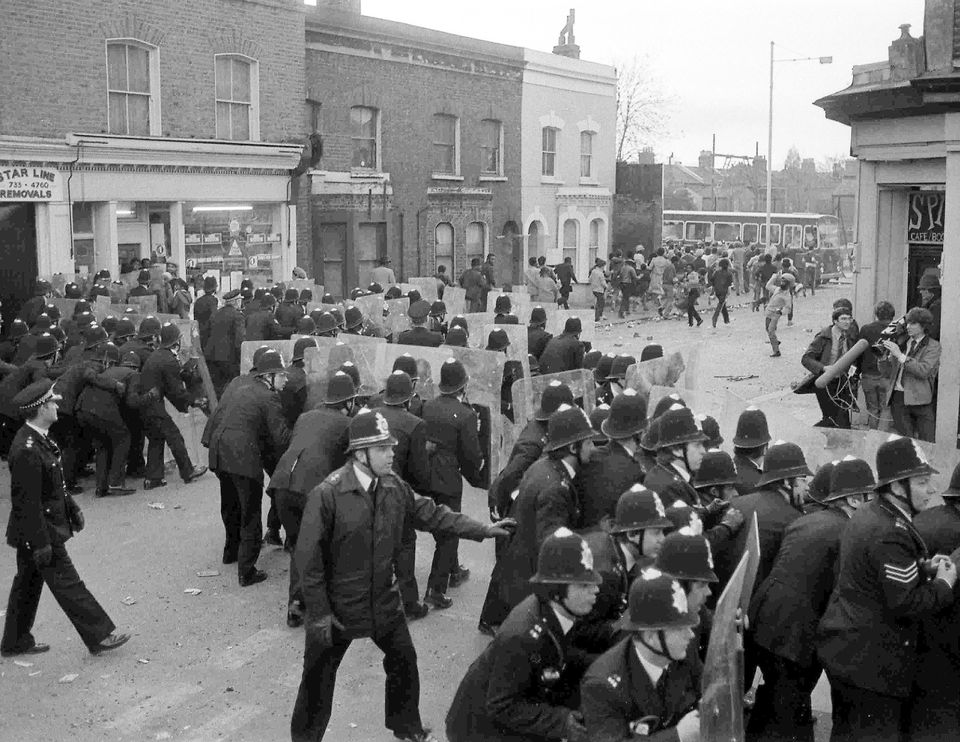
From April to July 1981 a series of riots took place across the UK – in Brixton (London), Handsworth (Birmingham), Chapeltown (Leeds) and Toxteth (Liverpool).
In all four disturbances, racial tensions and social and economic disadvantages played a huge part in the communities rioting. Sus laws were being used on young Black males at a disproportionally high rate and work opportunities for ethnic minorities were at an all time low.
The riots shocked Britain and prompted the government to put forward strategies for helping young people into work, including the Youth Training Scheme (YTS) for school leavers.
11. The New Cross Fire
In the early hours of January 18, 1981, a fire occurred during a party at a house in New Cross, south east London. The blaze killed 13 young people aged 14 to 22.
New Cross at that time had a high degree of racial tension with far right groups being active locally.
One week after the fire, a meeting was held and a Black People’s Day of Action was established. On March 2, 20,000 people marched from Fordham Park to Hyde Park carrying placards that read “Thirteen Dead, Nothing Said” and “Blood Ah Go Run if Justice No Come”.
Whilst walking through Fleet Street, they were met with alleged monkey chants and abused verbally. The next day The Sun ran with the headline “Day the Blacks Ran Riot in London.”
No one has ever been charged in connection to the fire.
12. The death of Colin Roach
For 37 years, the death of Colin Roach has remained a mystery for friends and family alike.
Roach, 21, died from gunshot wounds inside the entrance of Stoke Newington Police Station in Hackney, London, on January 12, 1983.
There have been numerous allegations of a police cover-up as the police surgeon concluded that Roach died from suicide – even though the gunshot wound was at the back of his head.
Over the years the family and supporters of Colin Roach have repeatedly called for an independent public inquiry.
Poet Benjamin Zephaniah has been vocal in support about mysterious circumstances into how Roache died.
In 2018, Zephaniah told the Hackney Gazette: “The mood in the community at the time wasn’t just about Colin Roach, it was about all the other cases of racial injustices taking place at the time, and he represented the extreme.”
13. Broadwater Farm riot
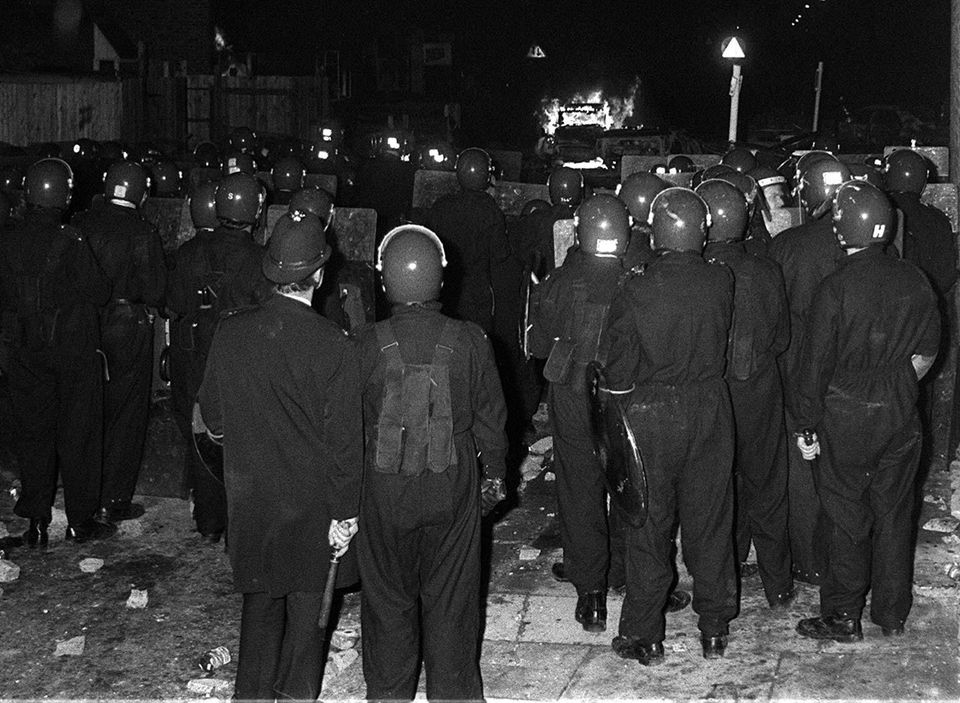
On October 5, 1985, Broadwater resident Cynthia Jarrett died of heart failure after four police officers burst into her home during a raid looking for stolen property. They found nothing.
The raid, coming a week after Brixton woman Cherry Groce was shot in her home by police looking for her son, shocked and angered the local Caribbean community. The Jarrett family met police to discuss her death and demand an inquiry.
By the evening, tensions were running high and police were called to a nearby disturbance. On arrival they were pelted with bottles and stones, cars were overturned and set alight, as were shops and other buildings.
Pc Keith Blakelock was sent to assist but after he fell he was stabbed and beaten to death. The rioting then tailed off as news of his death spread.
14. The murder of Stephen Lawrence and the Macpherson Report
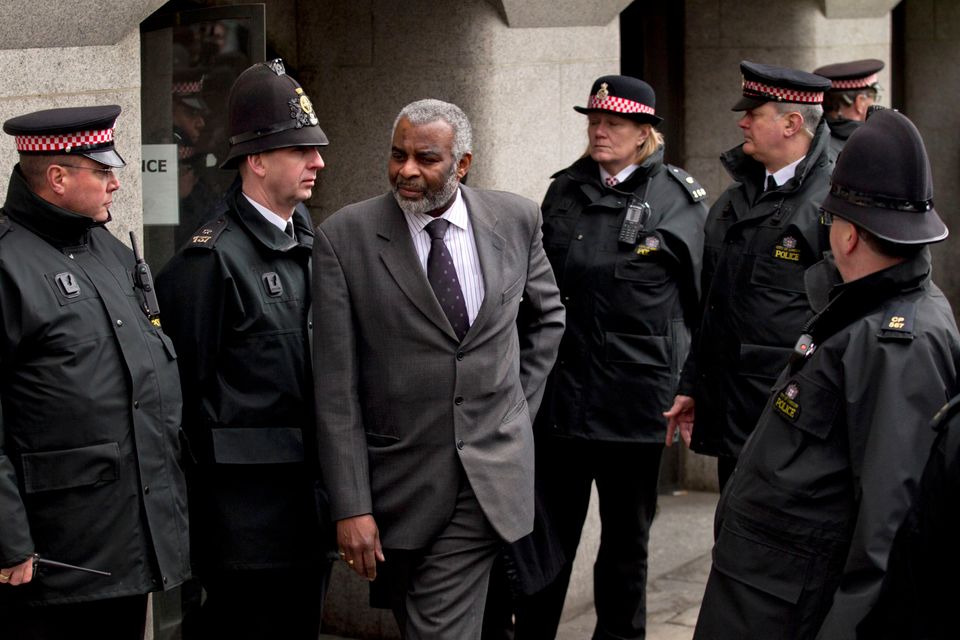
On April 22, 1993, teenager Stephen Lawrence was murdered as he waited for a bus by a gang of racist youths.
In the initial investigation, five suspects were arrested and released without charge.
It was soon evident that the handling of the case by the police and the Crown Prosecution Service was affected by race.
In 1999 the 350 page Macpherson Report was published and concluded the investigation had been “marred by a combination of professional incompetence, institutional racism and a failure of leadership”.
A total of 70 recommendations designed to show “zero tolerance” for racism in society were made.
They included measures to transform the attitudes of the police and also improve accountability in the civil service, NHS, judiciary and other public bodies.
One of the biggest changes in the report was the abolition of the “double jeopardy” rule, which stated someone cannot be tried for the crime twice. This eventually led to the retrial and successful conviction of Gary Dobson and David Norris for Lawrence’s murder.
15. Mark Duggan and the 2011 riots
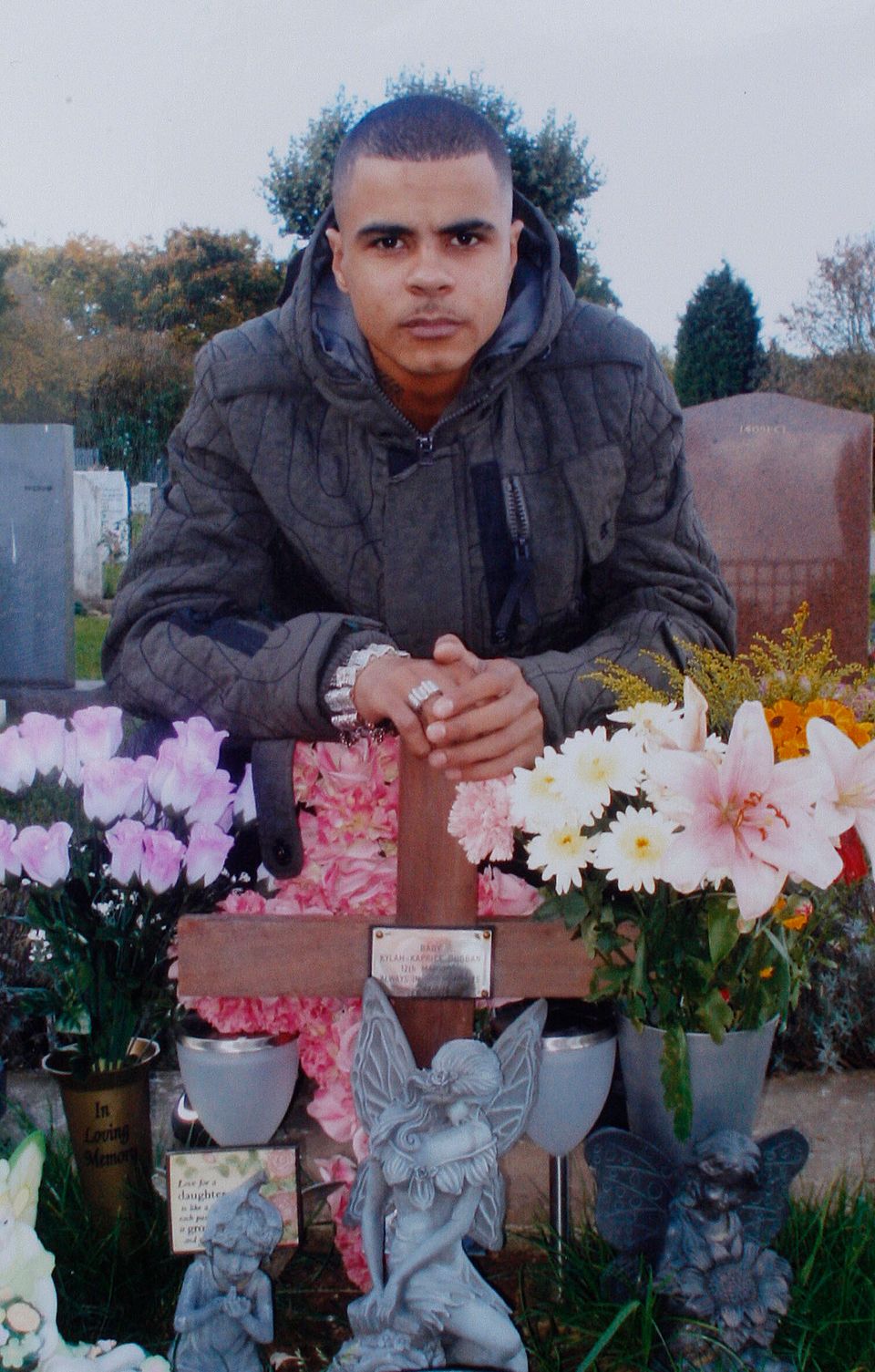
England erupted in a series of riots on August 4, 2011, following protests in Tottenham, north London, over the death of Mark Duggan, a 29-year-old Black man who was shot and killed by police.
The evening started off as a peaceful protest organised by friends and family. However, the group demanded to see a more senior officer to come out speak to them.
During that night, several violent clashes ensued. Looting started in Tottenham and over the course of a few hours spread to the surrounding areas like Hackney, Walthamstow and Enfield, as well as elsewhere in the capital: Battersea, Croydon, Brixton, Peckham and Ealing.
The rioting and looting continued and started to spread across the country from August 8 to 10, with disturbances in Birmingham, Bristol, Coventry, Derby, Leicester, Liverpool, Manchester, Nottingham, West Bromwich and Wolverhampton.
Interestingly, the racial make-up of rioters varied in different cities: 76% per cent of those arrested in Manchester were white, while 39% arrested in London were Black.
16. Windrush Scandal
Almost half-a-million people, known as the Windrush Generation, moved from the Caribbean to the UK between 1948 and 1973. Many took up jobs in the NHS or in other sectors affected by the post-war labour shortages. Anyone who arrived before 1973 was given indefinite leave to remain.
The scandal surfaced in 2017 after it was revealed that hundreds of people had been unfairly targeted, wrongly detained and sometimes deported against a backdrop of the government’s “hostile environment” policy for undocumented migrants.
Because many arrived as children on their parents’ passports, and the Home Office destroyed thousands of records, they lacked the documentation to prove their right to remain in the UK. The Home Office also placed the burden of proof on individuals to prove they arrived before 1973.
Their harmful and unjust treatment provoked widespread condemnation of the government’s failings, with calls being made for radical reform of the Home Office and the UK’s immigration policy.
A Windrush compensation scheme was set up, but in its first year only 60 victims had received payments.